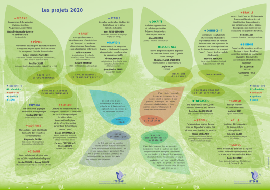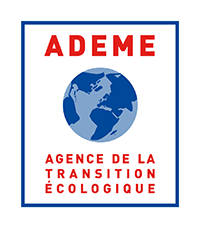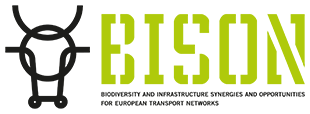COMPILSA (2)
- Compensation and linear infrastructures: strategies and scenarios for action
Compensation and linear infrastructures: strategies and scenarios for action
Biodiversity offsetig aims at reconciling land planning and biodiversity conservation. Although it has been introduced in the French law 40 years ago, it has only been implemented since 2007. This implementation has generated a strong mobilization of the scientific and technical community in the environmental sector. Because of their size and political importance, linear transport infrastructure (ILT) projects are the first to be affected by the implementation of biodiversity offset.
This study deals with biodiversity offset as a public policy instrument, in order to analyze how it contributes to reorganizing social relationships around the issue of urbanization of natural and agricultural areas. This social reorganization triggered by the instrument will or will not achieve the objective of no-net-loss of biodiversity. Thus, the aim of this research is: (i) to study how the development of compensation makes it possible to reorganize the negotiations and the balance of power between the stakeholders; (ii) to evaluate the extent to which this instrument strengthens or weakens the position of the actors who defend biodiversity conservation.
Biodiversity offset is addressed at all stages of the life cycle of public action: construction, implementation, evaluation and prospects for change. The approach developed to capture this trajectory articulates three points of view: a retrospective approach (analysis of the follow-up of compensatory measures of already constructed ILT projects); a synchronous approach to explore the evolution of the regulatory framework and the implementation of biodiversity offsetting (qualitative study of three projects of linear infrastructures: a gas pipeline called “Artère de l’Adour”, and two railway projects: rail bypass of Nîmes-Montpellier and the LGV Poitiers-Limoges project); and a prospective approach (prospective exercise in the Seine valley territory) in order to analyze the contribution of compensation in the regulation of urbanization.
The research has produced results specific to each stage of the public policy (construction, implementation, evaluation), also linked by three transversal results:
- The establishment of a "schism of reality". Biodiversity offset pursues an ambitious theoretical objective of no-net-loss of biodiversity, reinforced by several legislative reforms and the adoption of the new Law relative to Biodiversity, Nature and Landscapes adopted in 2016. But these theoretical objectives cannot be reached regarding insufficient organizational means available for the implementation. This has been confirmed by the study of the implementation of compensation, which showcases only low practical objectives.
- The predominance of a principle of "realism". The current modalities of application of compensation follow a threefold principle of realism: technical realism (level of competence of the operators), economic realism (the costs of compensation must not threaten the project) and political realism (which influences the level of requirement in terms of biodiversity offset objectives). Finally, if biodiversity offsetting appears to be too complex or too expensive, the solution is to relax its constraining aspects, eventually by ignoring some of its important principles. This weakens the incentive effect of the instrument.
- A worrying inflation of organizational costs. Over time, the implementation and monitoring of biodiversity offsetting has involved increasing organizational costs that environmental administrations are unable to bear in the context of their decreasing resources. This high inflation of organizational costs leads to an hypertrophy of biodiversity offsetting in debates and conservation practices, at the risk of competing with other forms of environmental public action that are potentially more ecologically efficient.
{mp4}ITWCOMPILSA720{/mp4}












